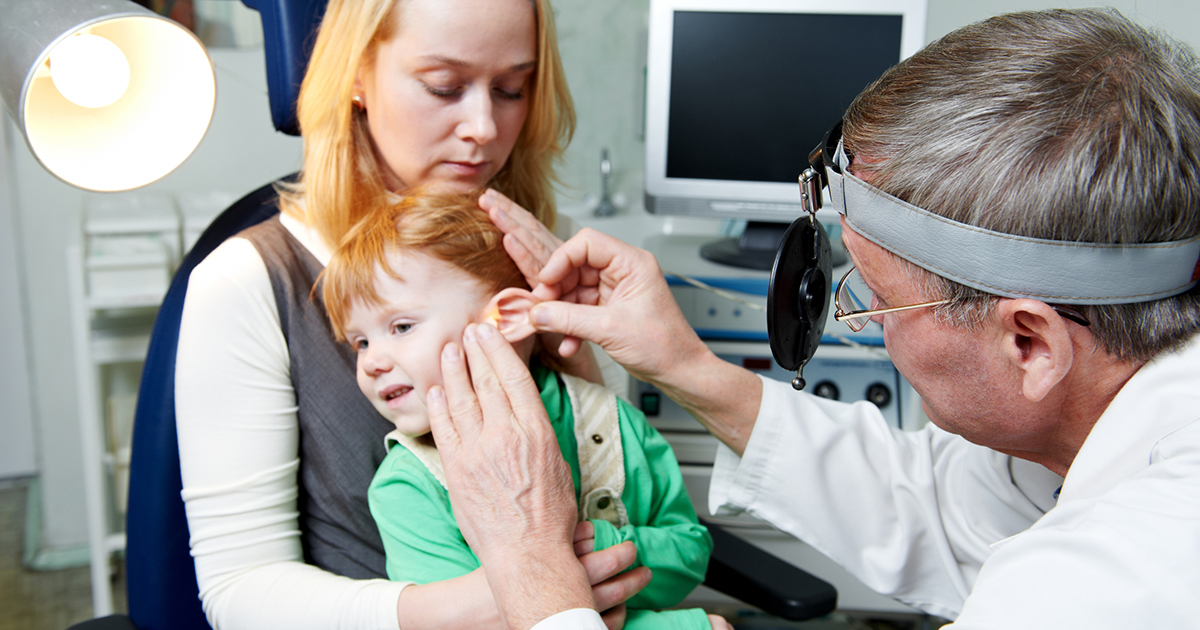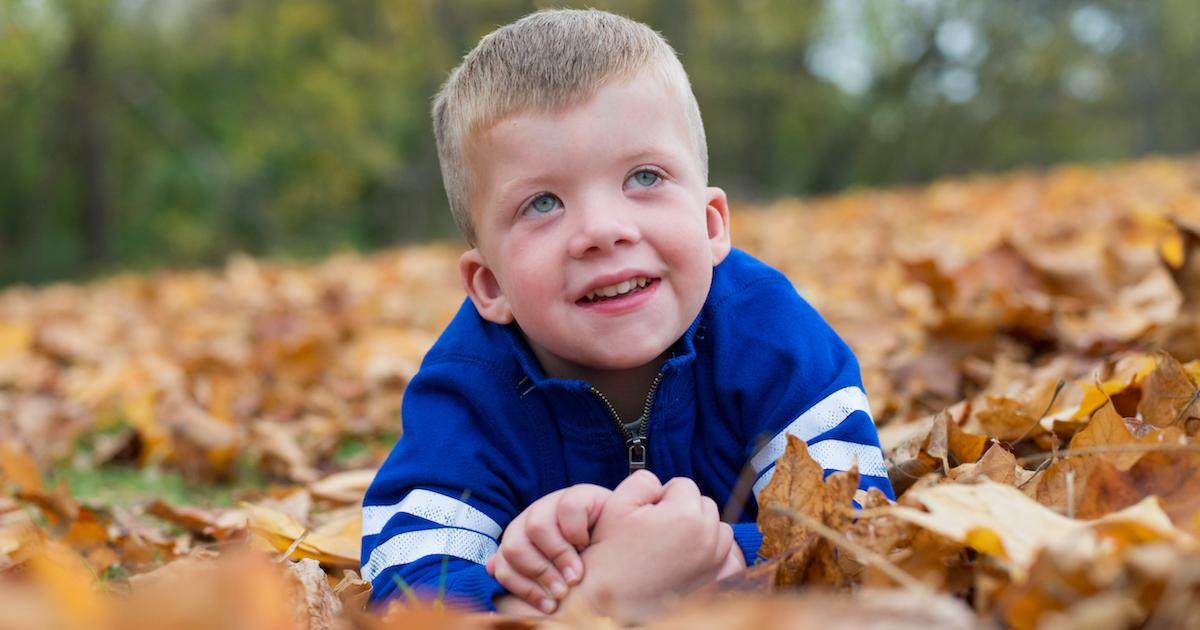Symptoms Associated With Noonan Syndrome
Distinct Facial Features
Noonan syndrome patients typically have a number of distinct facial features, though these can vary slightly from patient to patient. Some of the most common are drooping eyelids, wide-set eyes with pale irises, a large head size, and a broad forehead. Patients may also have facial droopiness, low-set ears, and a short neck with excess skin. As the patient gets older, the skin may become thinner and more transparent, and their facial features may sharpen. Some patients with Noonan syndrome also have distinctive features in the nose and mouth. The nose may be short and broad, appearing pushed in at the top of the nasal bridge and having a bulbous tip. The patient's upper lip may have wider than usual peaks, and there is often a very deep fold between the edge of the nose and corner of the mouth. The patient's jaw may be quite small, and they might have a highly arched palate. If the patient desires, surgical interventions can be used to alter some of the facial features associated with Noonan syndrome.
Uncover more warning signs of Noonan syndrome now.
Delayed Growth

While the birthweight of patients with Noonan syndrome is typically within the normal range, they usually experience delayed growth during childhood. Patients often have inadequate growth hormone levels, and they may experience feeding difficulties, leading to poor nutrition and problems with weight gain. Puberty may be delayed, and the growth spurt generally expected around this time is also often delayed. However, since Noonan syndrome also results in delays with achieving bone maturity, patients may continue growing throughout their late teenage years. Some patients are able to attain normal height by adulthood, and others may remain shorter than their peers. In addition to delayed physical growth, a small percentage of Noonan syndrome patients may experience mild developmental delays as well. Children with this condition can usually attend mainstream school, and they may sometimes need an individualized education plan.
Get more details on the symptoms of Noonan syndrome to watch out for now.
